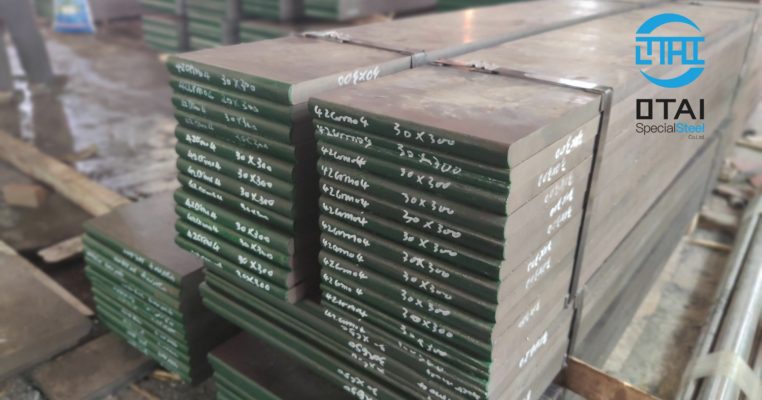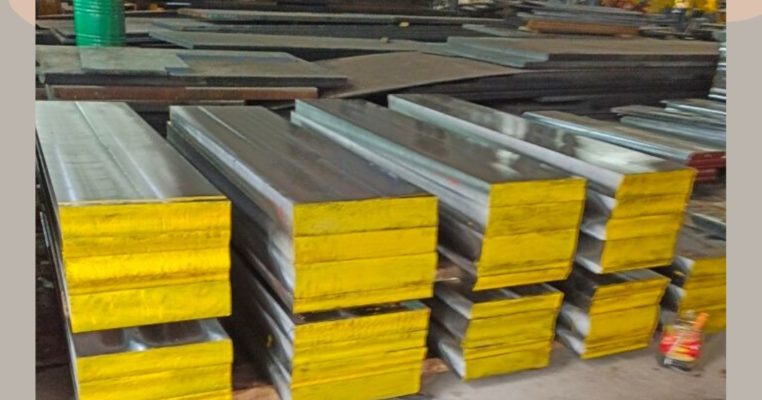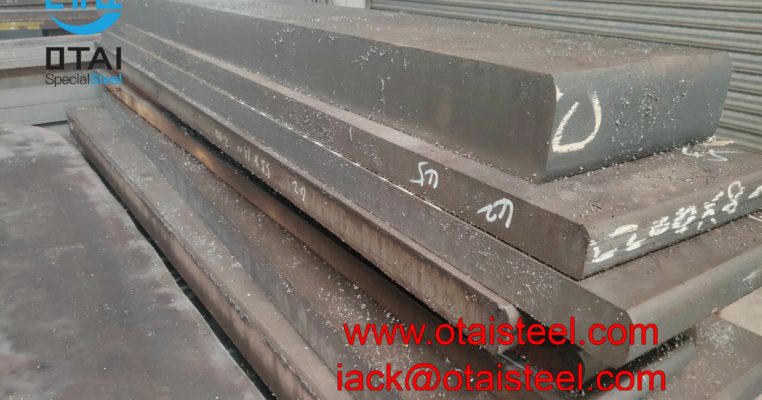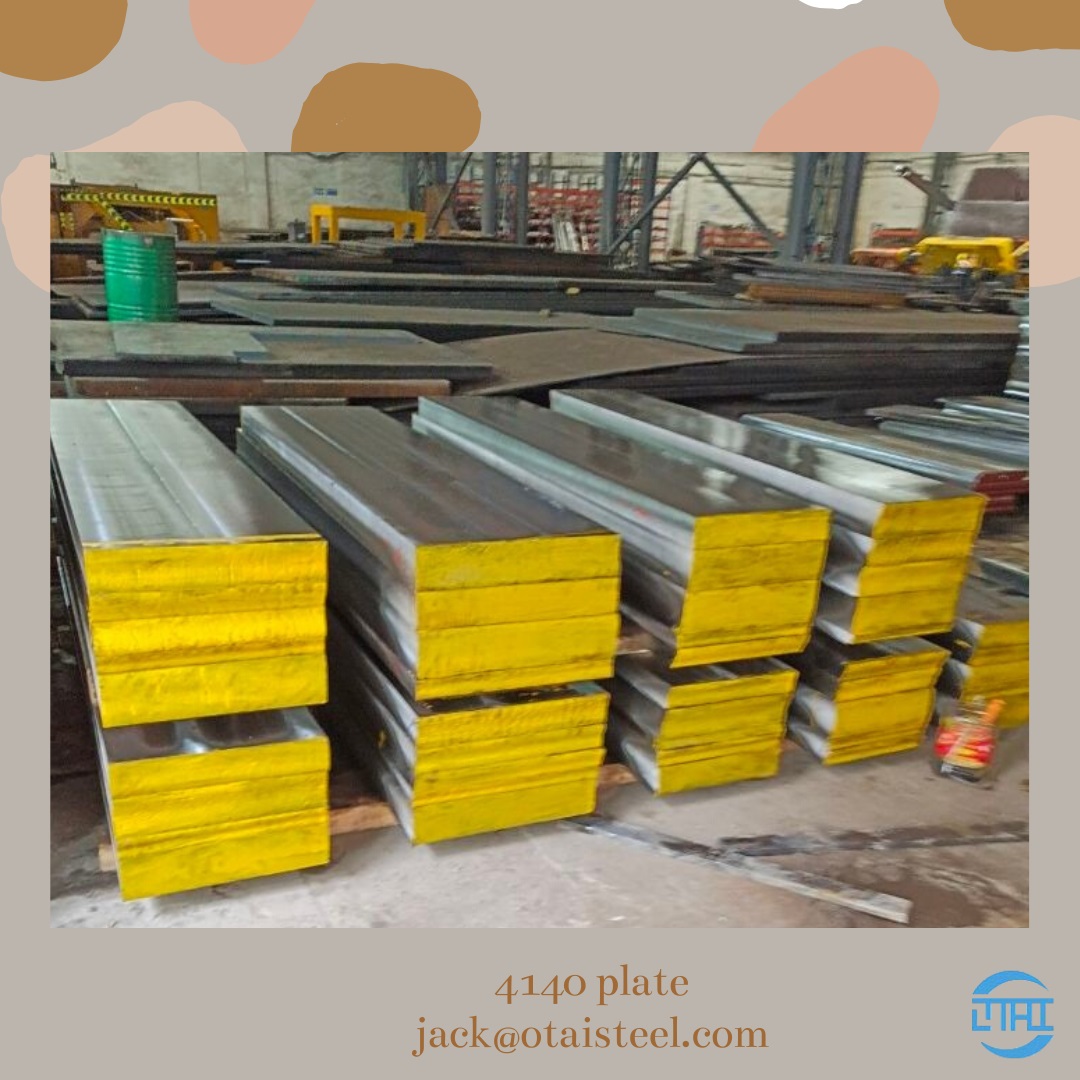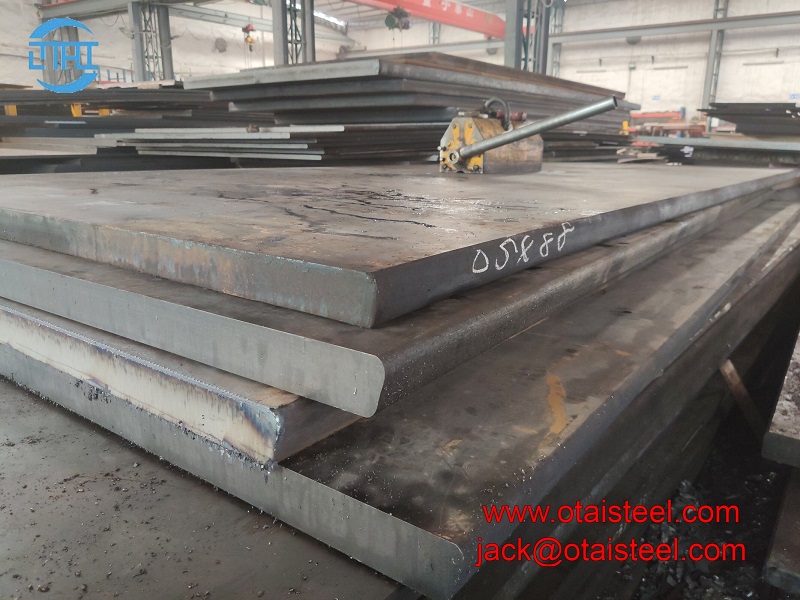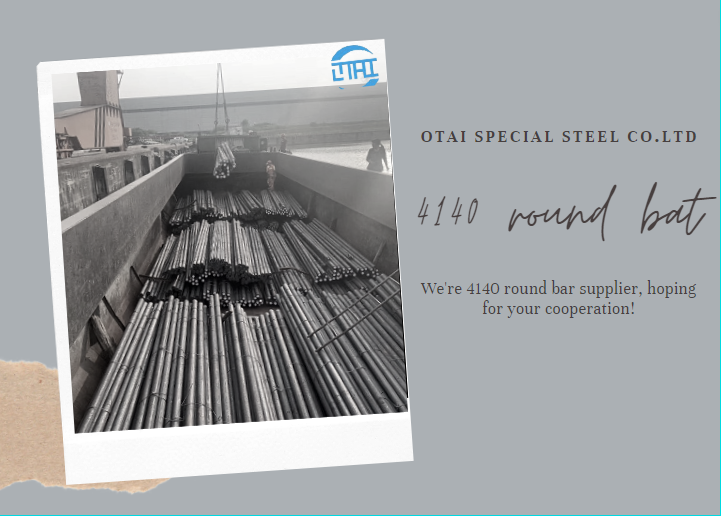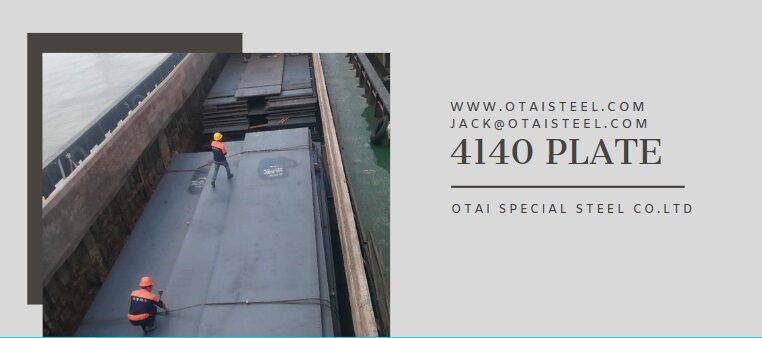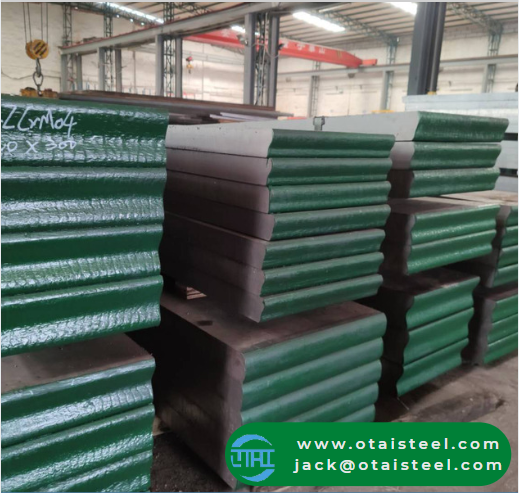Otai 4140 steel plates stocks and keeps an annual inventory of 800 tons which is hard for competitors.
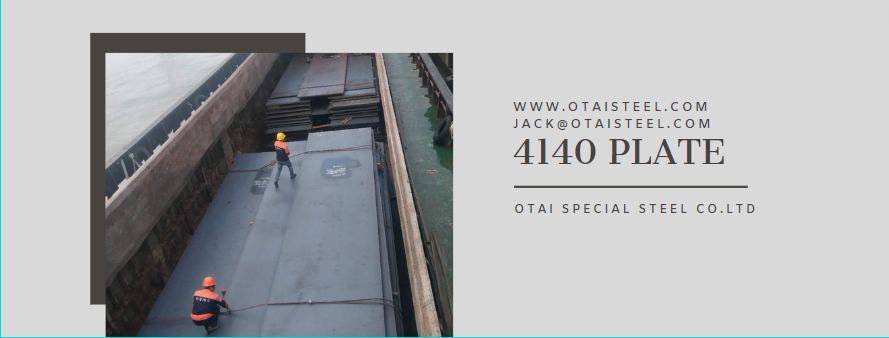
All year round, Otai can guarantee our 4140 steel plates stocks is more than 800 tons. Different thickness and length can be customized. After placing an order, shipment can be arranged immediately. Otai has a large stock of round bars and original plates at competitive prices throughout the year. Otai ’s 4140 steel keeps various and complete specifications and speedy delivery.
For the purchase of 4140 steel plates, foreign buyers often complain that the actual delivery time of suppliers is very long. In order to get orders, most domestic suppliers will give customers a very short delivery time. But in fact, they do not prepare so much inventory, so they need to transfer goods from other suppliers. This process makes the delivery time longer and longer. But for us, Otai, we can achieve our 4140 steel plates stocks more than 800 tons and deliver the goods as soon as possible.
Customer’s story
We would like to share a real case of our customer with you. David from Brazil asked us about 4140 steel plates with a thickness requirement of 100mm. After he received our quotation, he was satisfied with the price. But he doubted our delivery time was 7 days so he didn’t place the order at first. After talking with David, he said that the previous supplier would only deliver the goods in about 30 days, so he didn’t believe that we could deliver the goods in 7 days. In order to eliminate his concerns, we went to our warehouse to take videos and photos for him, as the real proof of speedy delivery. After that, David place the order no hesitation. Finally, he is also very satisfied with our goods.
Otai exports various tool steel and alloy to more than 30 countries from Europe and America, Middle East and Asia. Our steel materials meet DIN / ASTM / EN / JIS etc different international standards.
Otai 4140 steel plates, 2 hours after-sale response, 2 days earlier than expected.
